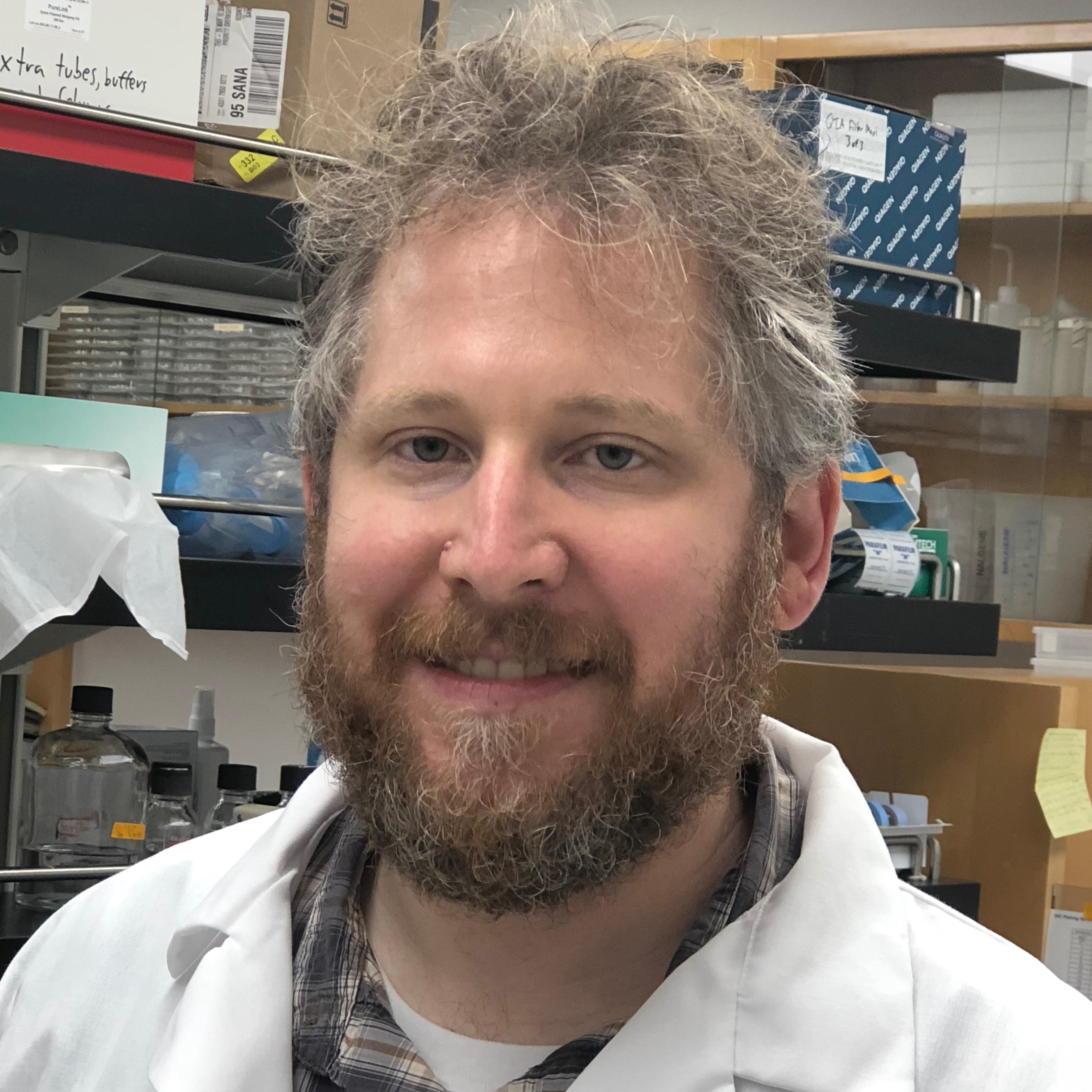Post Docs
- Jacob Garrigues
- Joshua Mayfield
- Paulina Pathria
- Ramya Raviram
- Danielle Schmitt
- Raymond Suhandynata

Heat Shock Factor 1 (HSF1) is a highly conserved transcription factor found in budding yeast through humans and serves as a key regulator of the heat shock response (HSR). Upon HSR induction, activated HSF1 drives expression of genes essential for mediating heat stress, such as chaperones. More recently, HSF1 has been identified as having non-canonical roles in transcriptional programs distinct from the HSR, such as during development or carcinogenesis. Indeed, HSF1 is overexpressed in a variety of tumor types, including lung, breast, and colon, and is associated with poor prognosis (Mendillo et al., 2012), while mice lacking HSF1 display resistance to tumorigenesis (Dai et al., 2007). Interestingly, a comparison of genes regulated by HSF1 during C. elegans development and in human cancers revealed similar pro-growth profiles, indicating that a conserved role for HSF1 outside of the HSR is to promote growth (Li et al., 2017).
Non-coding RNAs (ncRNAs) such as microRNAs (miRNAs), which mediate gene silencing at the post-transcriptional level, as well as long intergenic non-coding RNAs (lincRNAs), which can act as scaffolds important for organization and function of large molecular complexes. Recently, work in our lab has determined that at least one lincRNA shows HSF1-dependent expression in the absence of heat shock in worms, suggesting HSF1 has roles in regulating ncRNAs under normal conditions. As HSF1 drives pro-growth programs during development and carcinogenesis and regulates ncRNA expression in what could be a direct manner, my work will specifically test the hypothesis that HSF1 directly regulates specific ncRNAs during development that promote growth and, hence, may be involved in tumorigenesis.
This work will provide important insights into a largely unexplored area of biology, namely HSF1-mediated expression of ncRNAs and their potential roles in promoting growth, and in turn, cancer. While these analyses will be performed in worms, the genome-wide approaches used should yield targets with mammalian orthologs for further investigation within lung, breast, colon, and other cancer models.
Dai et al. (2007). Cell 130: 1005-18.
Li et al. (2017). Trends Cell Biol 27: 895-905.
Mendillo et al. (2012). Cell 150: 549-62.
PUBLICATIONS (resulting from this training):
Trainee recently appointed to grant, publications are still in progress.